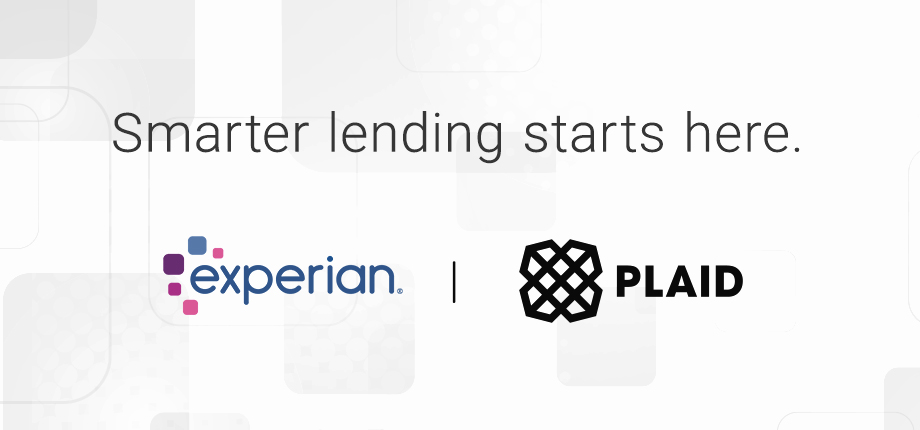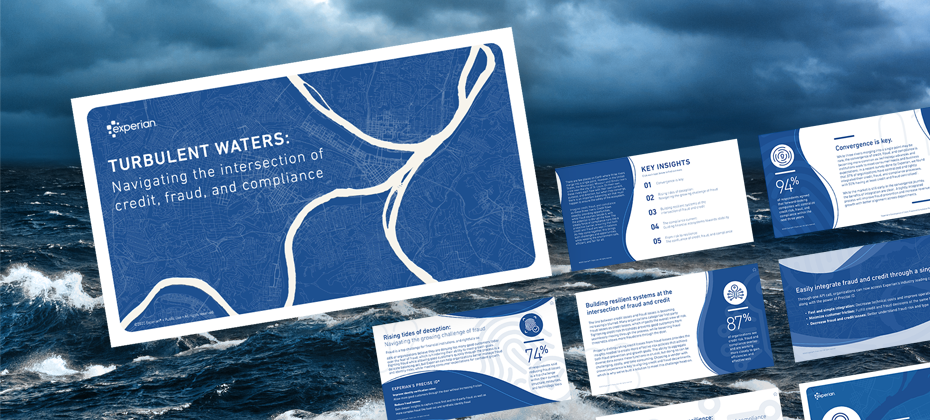Credit risk management best practices have been established and followed for years, but new technology and data sources offer lenders an opportunity to refine their credit risk management strategies.
What is credit risk management?
Credit risk is the possibility that a borrower will not repay a debt as agreed. And credit risk management is the art and science of using risk mitigation tools to minimize losses while maximizing profits from lending activity.
Lenders can create credit underwriting criteria for each of their products and use risk-based pricing to alter the terms of a loan or line of credit based on the risk associated with the product and borrower. Credit portfolio management goes beyond originations and individual decisions to consider portfolios at large.
CASE STUDY: Atlas Credit worked with Experian to create a machine learning-powered model, optimize risk score cutoffs and automate their underwriting. The small-dollar lender nearly doubled its loan approval rates while reducing its losses by up to 20 percent.
Why is credit risk management important?
Continually managing credit risk matters because there’s always a balancing act.
Tightening a credit box — using more restrictive underwriting criteria — might reduce credit losses. However, it can also decrease approval rates that would exclude borrowers who would have repaid as agreed. Expanding a credit box might increase approval rates but is only beneficial if the profit from good new loans exceeds credit losses.
Fraud is also on the rise and becoming more complex, making fraud management an important part of understanding risk. For instance, with synthetic identity fraud, fraudsters might “age an account” or make on-time payments before, “busting out” or maxing out a credit card and then abandoning the account. If you look at payment activity alone, it might be hard to classify the loss as a fraud loss or credit loss.
Additionally, external economic forces and consumer behavior are constantly in flux. Financial institutions need effective consumer risk management and to adjust their strategies to limit losses. And they must dynamically adjust their underwriting criteria to account for these changes. You could be pushed off balance if you don’t react in time.
What does managing credit risk entail?
Lenders have used the five C’s of credit to measure credit risk and make lending decisions for decades:
- Character: The likelihood a borrower will repay the loan as agreed, often measured by analyzing their credit report and a credit risk score.
- Capacity: The borrower’s ability to pay, which lenders might measure by reviewing their outstanding debt, income, and debt-to-income ratio.
- Capital: The borrower’s commitment to the purchase, such as their down payment when buying a vehicle or home.
- Collateral: The value of the collateral, such as a vehicle or home for an auto loan or mortgage.
- Conditions: The external conditions that can impact a borrower’s ability to afford payments, such as broader economic trends.
Credit risk management considers these within the context of a lender’s goals and its specific lending products. For example, capital and collateral aren’t relevant for unsecured personal loans, which makes character and capacity the primary drivers of a decision.
Credit risk management best practices at origination
Advances in analytics, computing power and real-time access to additional data sources are helping lenders better measure some of the C’s.
For example, credit risk scores can more precisely assess character for a lender’s target market than generic risk scores. And open banking data allows lenders to more accurately understand a borrower’s capacity by directly analyzing their cash flows.
With these advances in mind, leading lenders:
- View underwriting as a dynamic process: Lenders have always had to respond to changing forces, and the pandemic highlighted the need to be nimble. Consider how you can use analytical insights to quickly adjust your strategies.
- Test the latest credit risk modeling techniques: Artificial intelligence (AI) and machine learning (ML) techniques can improve credit risk model performance and drive automated credit risk decisioning. We’ve seen ML models consistently outperform traditional credit risk models by 10 to 15 percent.¹
- Use multiple data sources: Alternative credit data* and consumer-permissioned data offer increased and real-time visibility into borrowers’ creditworthiness. These additional data sources can also help fuel ML credit risk models.
- Expand their lending universe: Alternative data can also help lenders more accurately assess the credit risk of the 49 million Americans who don’t have a credit file or aren’t scoreable by conventional models.² At the same time, they consciously remove biases from their decisions to increase financial inclusion.
READ: The Getting AI-driven decisioning right in financial services white paper explores trends, advantages, challenges and best practices for using AI in decisioning.
Experian helps lenders measure and manage credit risk
Experian can trace its history of helping companies manage their credit risk back to 1803.³ Of course, a lot has changed since then, and today Experian is a leading provider of traditional credit data, alternative credit data and credit risk analytics.
For those who want to quickly benefit from the latest technological advancements, our Lift Premium™ credit risk model uses traditional and alternative data to score up to 96 percent of U.S. consumers — compared to the 81 percent that conventional models can score.4 Experian’s Ascend Platform and Ascend Intelligence Services™ can help lenders develop, deploy and monitor custom credit risk models to optimize their decisions.
With end-to-end platforms, our account and portfolio management services can help you limit risk, detect fraud, automate underwriting and identify opportunities to grow your business.
Learn more about Experian’s approach to credit risk management



